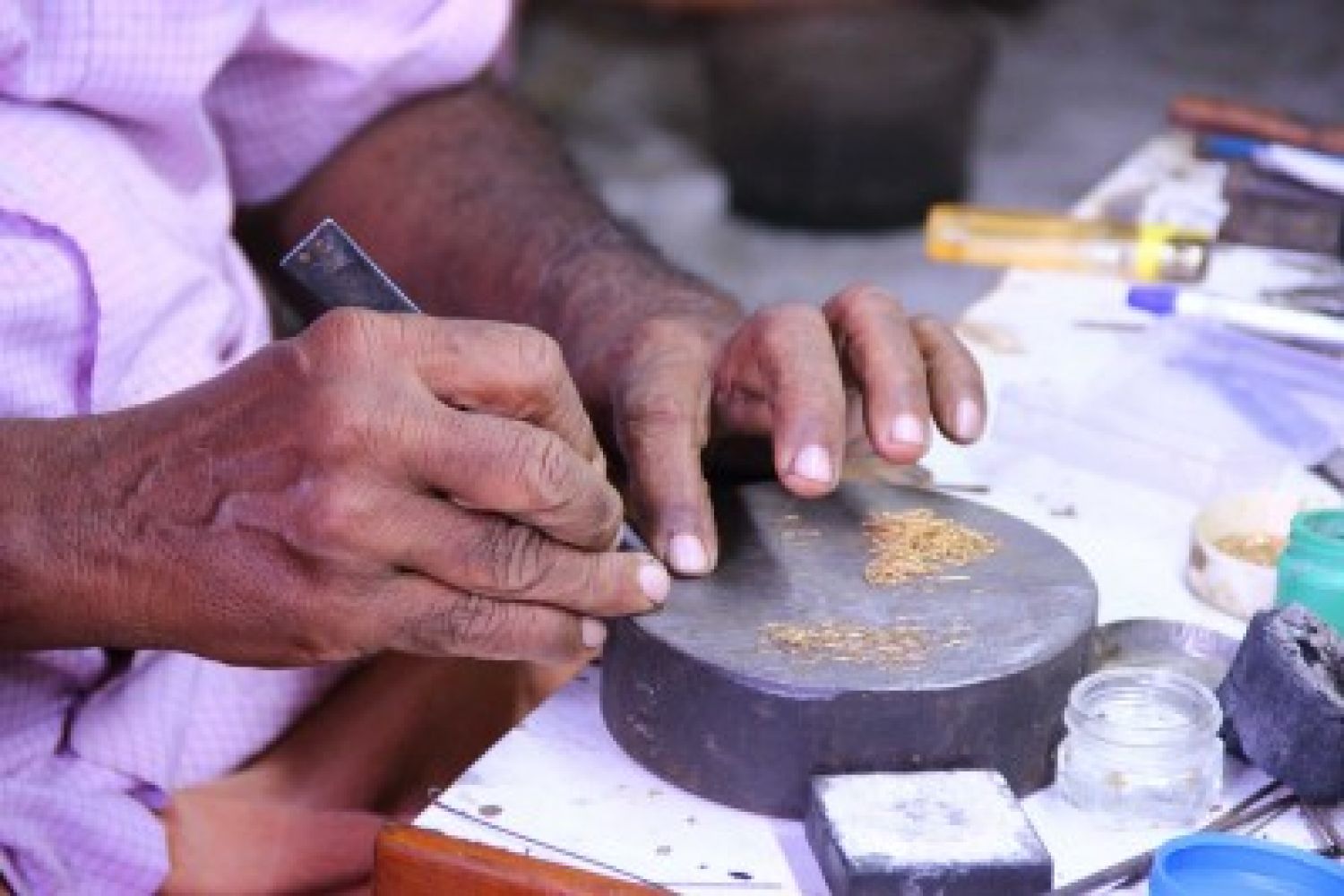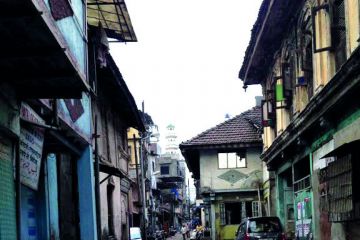
The crucible is on
fire, its sides flame-orange with heat. But Krishnan picks it up anyway with
iron tongs and a steady hand, quickly moving aside the burning coals that cover
it. He tips it over a rectangular mould with four vertical grooves, each the
width of a pencil.Gold pours down like
lava, hot and fiery and thick. One end is on fire and the other—four inches
away—is already turning solid. A minute later, Krishnan picks up the now solid
gold with the tongs and thrusts it, hissing





